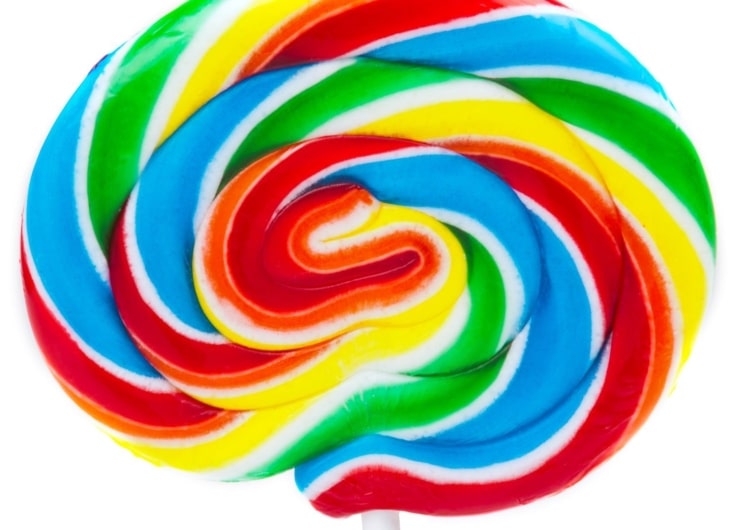The Smell of Masculine Fullness and Rotten Eggs
How do you describe a fragrance when you lack the words for it? Linguist Marten van der Meulen sees possibilities in dialects and non-European languages.
Capturing the complex duality of modern femininity.
This oriental gourmand combines charisma, femininity, and sensuality.
An invitation to push one’s own boundaries and individuality with elegance and modernity.
A core of fiery spices intertwined with the masculine fullness of leather and tobacco.
You might be wondering, “What is this about?” Well, I won’t keep you in suspense any longer. These sentences are extracted from perfume descriptions on the website of the store Ici Paris. A couple of friends recently brought these extravagant descriptions to my attention. My enthusiasm wasn’t sparked by a love for fragrances; instead, it’s the language that captures my interest. Until now, I had only encountered such grandiose and flowery clichés in real estate listings. Now, an entirely new linguistic landscape was unfolding!

© Pixabay
Let’s face it: it’s a linguistic puzzle, where clarity gets lost in a sea of elaborate expressions. I mean no disrespect to the undoubtedly hardworking communication professionals behind various perfume brands, but what on earth is this about? What defines the duality of the modern woman? Is it the virgin-mother dichotomy, a concept that has been around since at least the Bible and can hardly be considered modern? How does a perfume invite you to push your own boundaries? And what is full
about masculinity, traditionally associated with angularity?
It’s evident: I’m not a fan of these bombastic marketing texts. Nevertheless, from a linguistic standpoint, these fragrant expressions are quite intriguing. They highlight the challenge of articulating scent, a surprising difficulty considering that smell is a vital sense. However, it’s not the most crucial one. Various types of research consistently indicate that vision is usually dominates, often followed by hearing. Smell and taste, on the other hand, typically rank lower.
This sensory hierarchy becomes apparent when exploring words with fundamental meanings linked to a particular sense. Despite sounding complex, it’s rather straightforward. Take for instance words related to taste. Sweet, salty, sour, and bitter all pertain to taste but can be used in various contexts. A song can be sweet, a person bitter, a decision sour. Yet, the original meanings of these words trace back to the domain of taste.
No disrespect to the communication professionals behind perfume brands, but what on earth are they talking about?
In an article exploring dialectal scent vocabulary, researchers highlight another method for recognizing the subordination of smell. They underscore the noticeable scarcity of words associated with smell in semantic dictionaries compared to those linked to sight and hearing. The same authors also observe that forms of the verb ruiken (to smell) are less frequently used than zien (to see) or horen (to hear).
When discussing smell in Dutch, we primarily describe scents in terms of “smells like or of”: het ruikt naar versgebakken brood (it smells like freshly baked bread), rozemarijnachtig (rosemary-like), or bloemig (floral), and so on. Additionally, words from different domains are incorporated. Research indicates that musty, damp, murky, and stale originally described the air in a damp cellar. The etymology of these words suggests that they initially described something else and later evolved to also refer to a scent. In our lexicon, we only have a handful of commonly used words directly related to smell, such as musty
or fragrant (or malodorous). Yet the latter leans more towards an evaluation than an objective description of odor.
The disregard for smell and the limited vocabulary available to describe olfactory sensations are prevalent across almost all European languages. For decades, linguists considered these languages as benchmarks for general human language ability, leading to the belief that an inadequate description of smells was a natural occurrence.
Not every language overlooks the importance of smell
However, not every language overlooks the importance of smell. Recent research demonstrates that some languages possess a richer vocabulary to intricately describe olfactory experiences. This serves a crucial lesson for linguists and people in general: you, your language, or your culture are rarely representative of all individuals, languages, and cultures worldwide. There is more going on than you realize.
What is happening in the domain of smells? In Northern Malaysia, approximately a thousand people speak Jahai. This language features various captivating words to depict subtle nuances of scent. The word ltpɨt, for example, refers to a rich, ripe scent of flowers and fruit, as well as certain types of wood and the extraordinary and gigantic binturong. Another term, plʔeŋ, describes various raw, bloody scents, such as those emanating from fish and raw meat.
 Jahai speakers in Malaysia
Jahai speakers in Malaysia© Muhammad Adzha
These words not only exist but are actively used by people. Research has shown that speakers of Jahai can distinguish and identify smells as easily as English speakers can identify colors.
In some dialects, there are special words specifically for describing smells. These are often what researchers call “shifted words”. For instance, the North Holland terms ouws/ouwsig/ouwskig, initially used to describe cellar air, originate from oud (old). While this word primarily relates to age, its secondary association is with scent. Another example is the West Flemish term vort, likely derived from verrot (rotten). Originally, this word described the state of decomposition of food, after which the corresponding scent became attributed to the word. Discovering original scent words again proves to be a challenging task.
Is it truly impossible for us to discuss smell in a profound way? Not at all. In fact, there is good news. While the Dutch language may lack a rich vocabulary for describing smells, you can actually train yourself to articulate and even refine your sense of smell. We have observed that experts in fields such as coffee and wine improve in discerning subtle distinctions among different scents. They can also describe these nuances with increasingly refined wording.
Yet, these terms may indeed originate from other domains. A wine connoisseur, however pretentious that may sound, doesn’t suddenly introduce words that exist nowhere else. No talk of the klurvige aftertaste or notes of strim. Unfortunately, the limited vocabulary for smells remains a challenge. Should we consider importing words from Jahai then? The only hurdle is figuring out the precise pronunciation of ltpɨt and plʔeŋ exactly.












